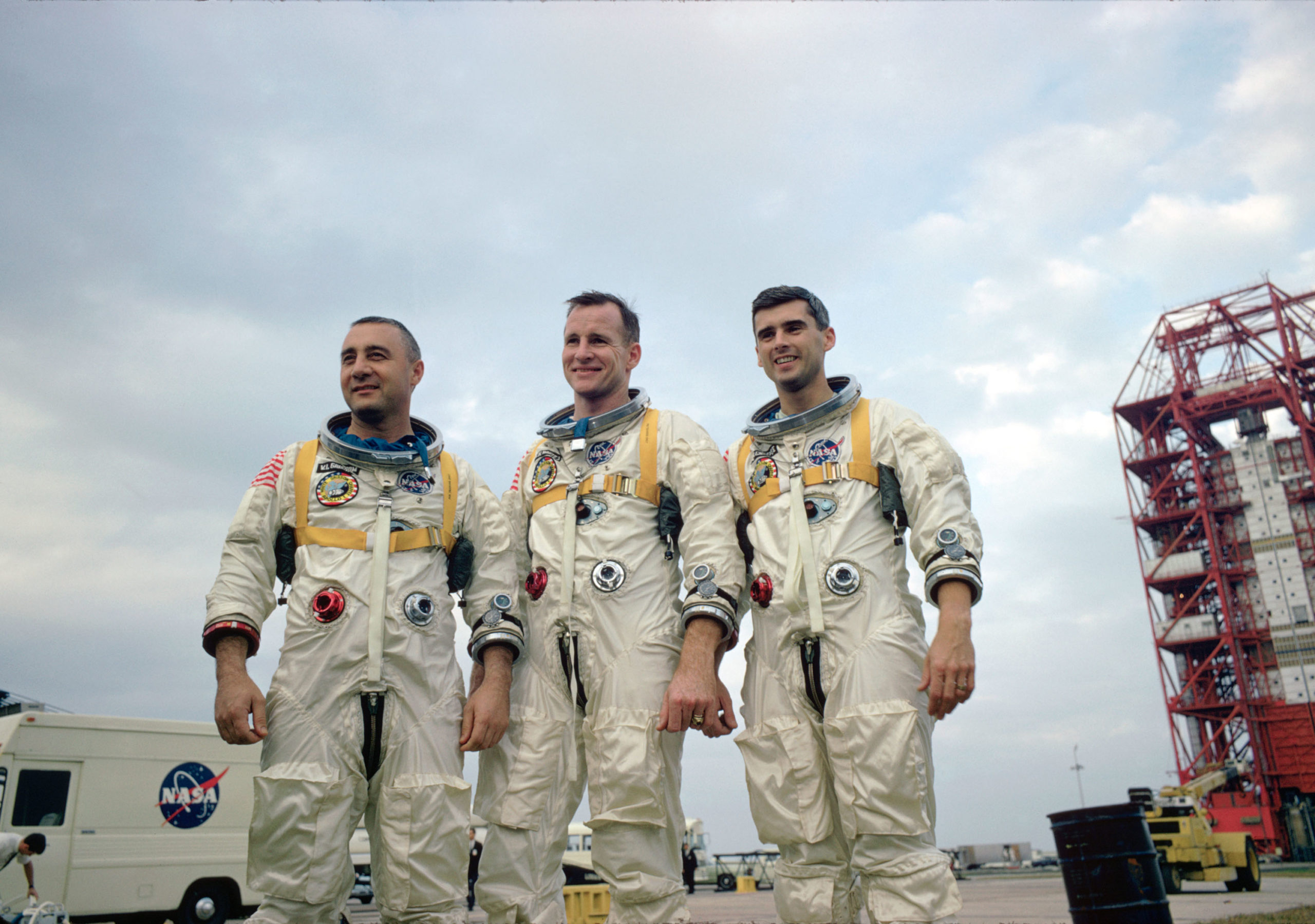
More than five decades ago, tonight, one of the worst tragedies in the history of U.S. space exploration unfolded with horrifying suddenness on Pad 34 at Cape Kennedy in Florida. “The Fire”—as it became infamously known—tore through the Command Module (CM) of the Apollo 1 spacecraft during a “plugs-out” ground test on the evening of 27 January 1967, killing astronauts Virgil “Gus” Grissom, Ed White and Roger Chaffee.
It was a disaster that almost halted President John F. Kennedy’s pledge to land a man on the Moon before the decade’s end. And even today, the loss of Grissom and his men leaves a dark stain on the legacy of the Apollo Program.
Today, Pad 34 is overgrown by bushes, weeds and a handful of wild pepper trees as it decays in the salty Atlantic air. A faded “Abandon in Place” sign adorns one of its skeletal legs, whilst near its base are a pair of plaques memorializing the loss of an astronaut who nearly drowned after his first spaceflight, another who became America’s first spacewalker and a third who might have become the youngest U.S. citizen in space.
The plaques dedicate themselves to Grissom, White and Chaffee and note simply: “Launch Complex 34, Friday, 27 January 1967, 1831 Hours”. They pay tribute to the place, date and exact time that these three men paid the ultimate sacrifice for their nation, for the space program and for the world.
The “Block 1” variant of the Apollo spacecraft, in the minds of both Grissom and his backup, veteran astronaut Wally Schirra, was a sloppy and unsafe machine. Both men had spent months overseeing poor performance and low standards by prime contractor North American and, by the fall of 1966, hundreds of technical issues remained unsolved: including a faulty glycol pump in the environmental control system, leaking thrusters, coolant glitches, bad wiring and inadequate software.
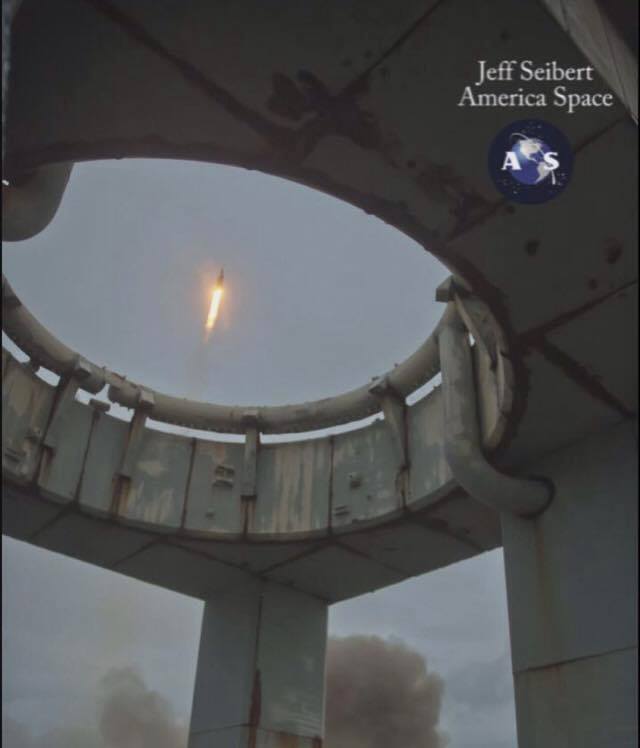
Grissom’s crew even prepared a mock portrait of themselves, heads bowed in prayer. “It’s not that we don’t trust you,” Grissom said, darkly, “but this time, we’ve decided to go over your head!” He even hung a lemon over the simulator’s hatch.
To be fair, North American had faced their own technical challenges. NASA had mandated that the Apollo CM should operate a pure oxygen atmosphere—an extreme fire hazard, admittedly, but far less complex than trying to implement a more Earth-like oxygen-nitrogen mix, which, if misjudged, could suffocate the men before they even knew about it. In space, the cabin would be maintained at a pressure of about one-fifth of an atmosphere, but from ground tests would be pressurized to slightly more than one atmosphere.
This would eliminate the risk of the spacecraft imploding, but at such high pressures there remained a danger that anything which caught fire would burn explosively. At an early stage, North American objected to the use of pure oxygen, but NASA, which employed it without incident during its Mercury and Gemini programs, ruled against it.
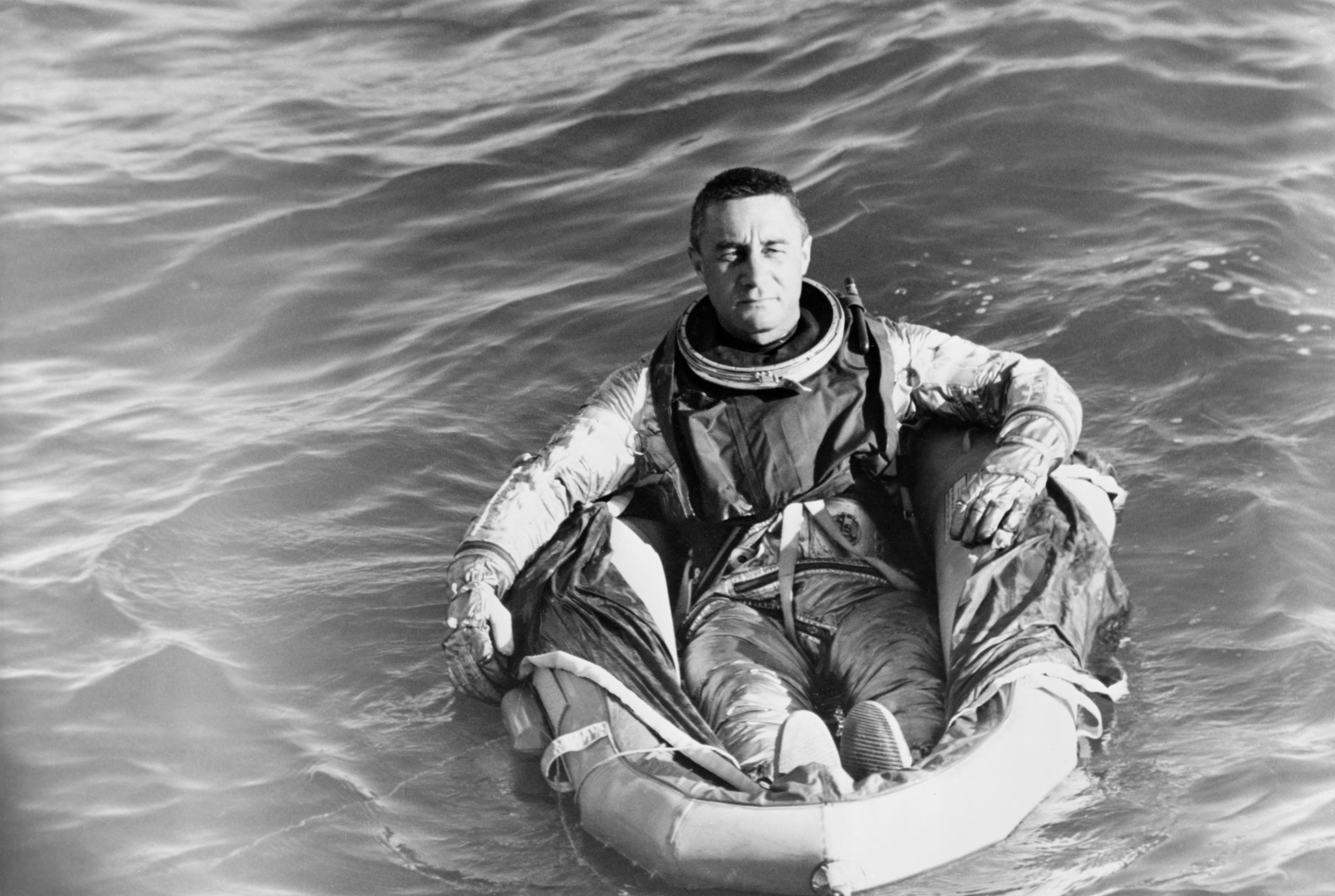
The choice of pure oxygen had not been made lightly. NASA knew that a two-gas system, providing an Earth-like mixture of 80 percent nitrogen and 20 percent oxygen, pressurized to one bar, would reduce the risk of fire. Moreover, a mixture of this type avoided many other troubles associated with pure oxygen—eye irritation, hearing loss, and a clogging of the chest, for example—but the complexities of building such a system threatened to make it prohibitively heavy.
The astronauts’ space suits complicated the issue yet further. “To walk on the Moon,” wrote Deke Slayton, then-head of the Flight Crew Operations Directorate (FCOD), in his autobiography, Deke, “you needed to get out of the spacecraft…and with a mixed-gas system you’d have to pre-breathe for hours, lowering the pressure and getting the nitrogen out of your system so you didn’t get the bends. Of course, if there was a real emergency and you had to use the suit, you’d really have been in trouble.”
Other worries surrounded the Apollo CM’s hatch: a complex device which came in two cumbersome pieces: an inner section, which opened into the cabin, overlaid by an outer section. North American wanted to build a single-piece hatch, fitted with explosive bolts, but NASA felt that this might increase the risk of it misfiring on the way to the Moon.
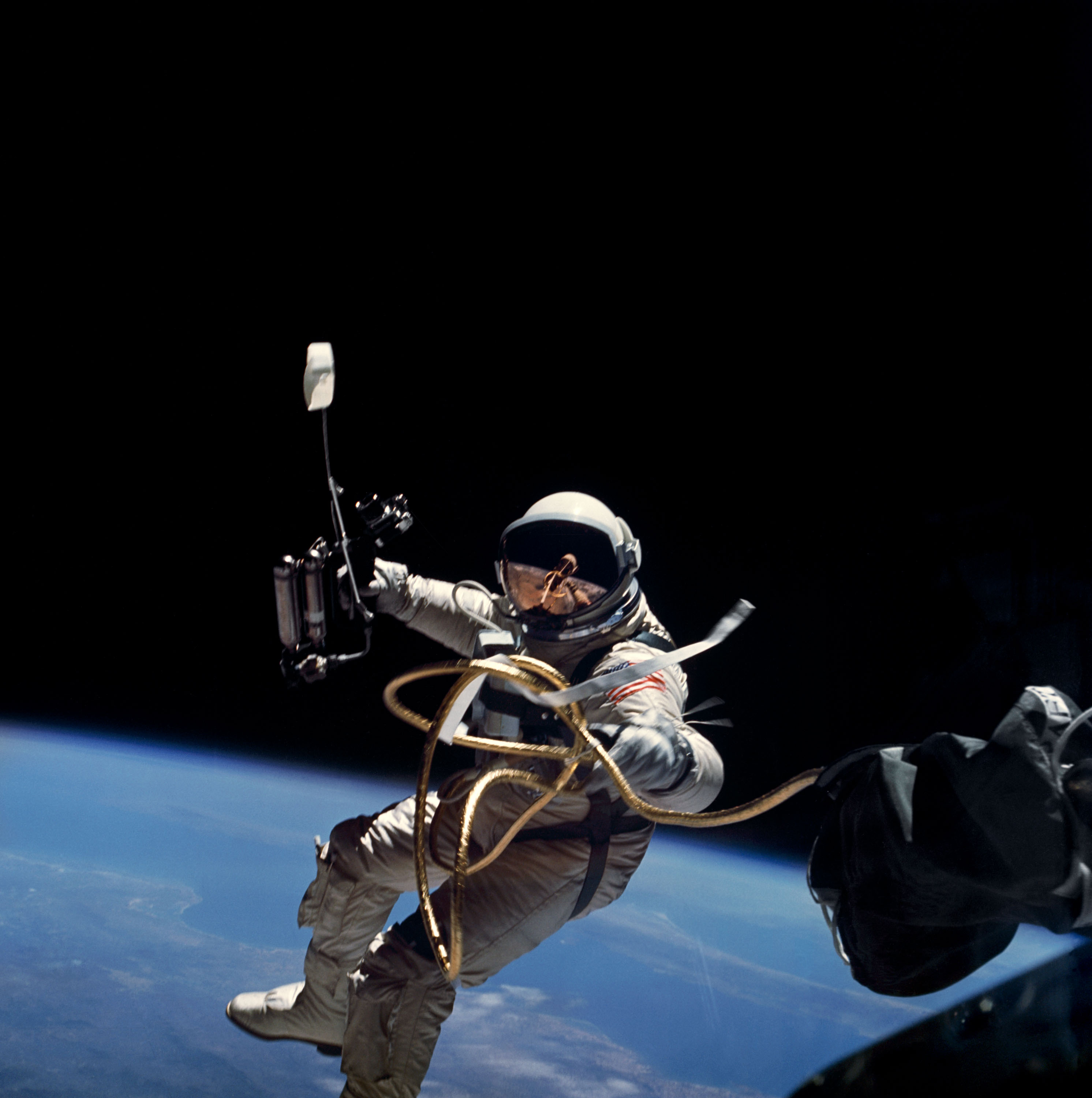
By adopting an inward-opening hatch, cabin pressure would keep it tightly sealed in flight, but difficult to open on the ground. As the hands of fate turned on Apollo 1, pure oxygen and an immovable hatch—coupled with a mysterious ignition source—would spell death for Grissom, White and Chaffee.
With a pessimistic air of foreboding, the astronauts crossed the gantry at Pad 34 early on the afternoon of 27 January 1967. According to their secretary, Lola Morrow, all three men were unusually subdued and in no mood for the “plugs-out” test. (Morrow herself scornfully referred to Project Apollo as “Project Appalling.”)
The previous evening, their backup crew—Wally Schirra, Donn Eisele and Walt Cunningham—had sat inside the CM for a “plugs-in” test, with Apollo entirely dependent upon electrical power from ground support equipment and the hatch left open. After emerging from the test, Schirra took Grissom to one side. He hated Block 1.
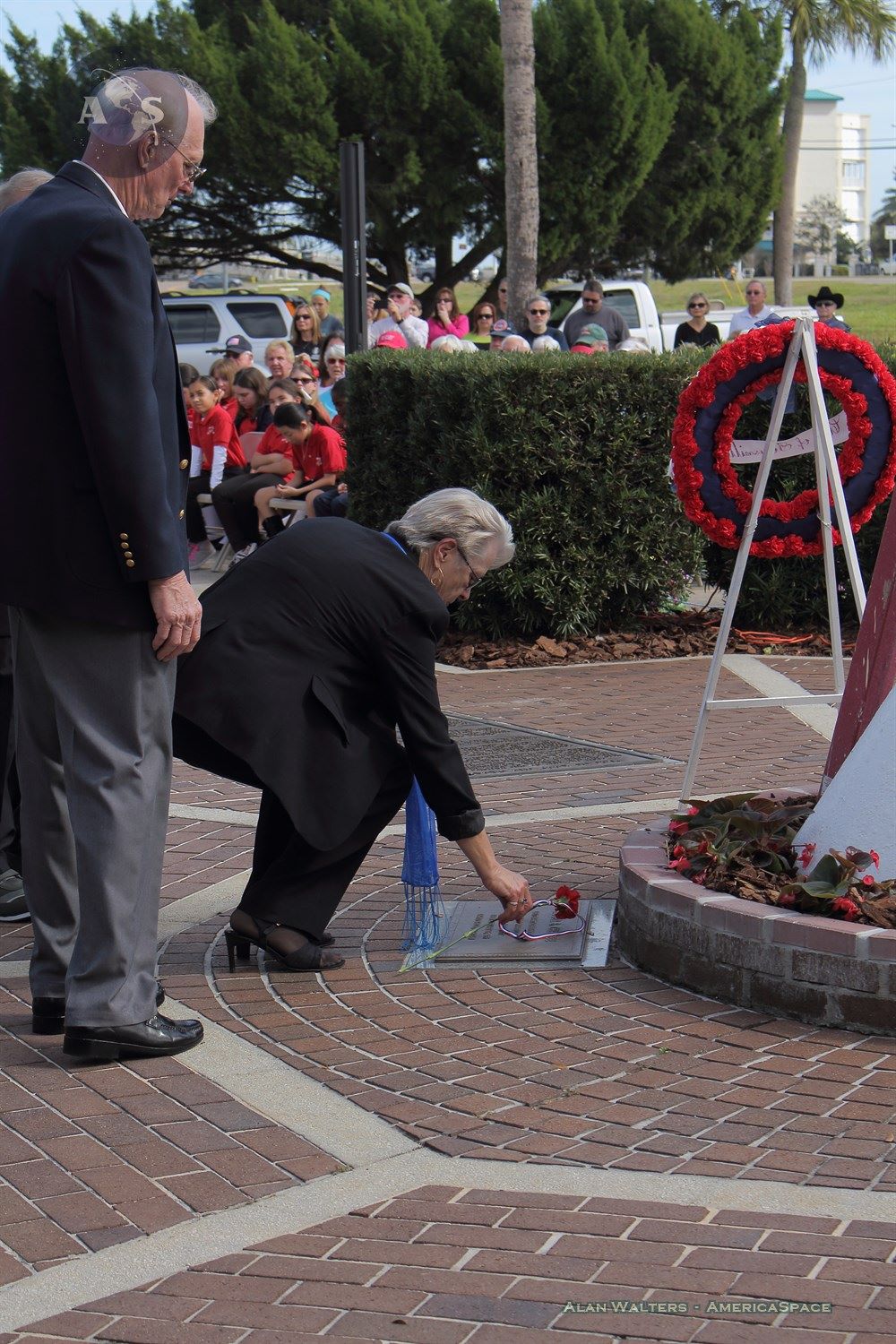
“If you have the slightest glitch,” Schirra warned his longtime friend, “get outta there. I don’t like it.”
Communications with the nearby blockhouse, manned by astronaut Stu Roosa, caused difficulties from the start. Grissom was so frustrated that he even asked Apollo Spacecraft Program Office (ASPO) manager Joe Shea, at breakfast, to sit in the cabin with them and gain a manager’s perspective of the problems.
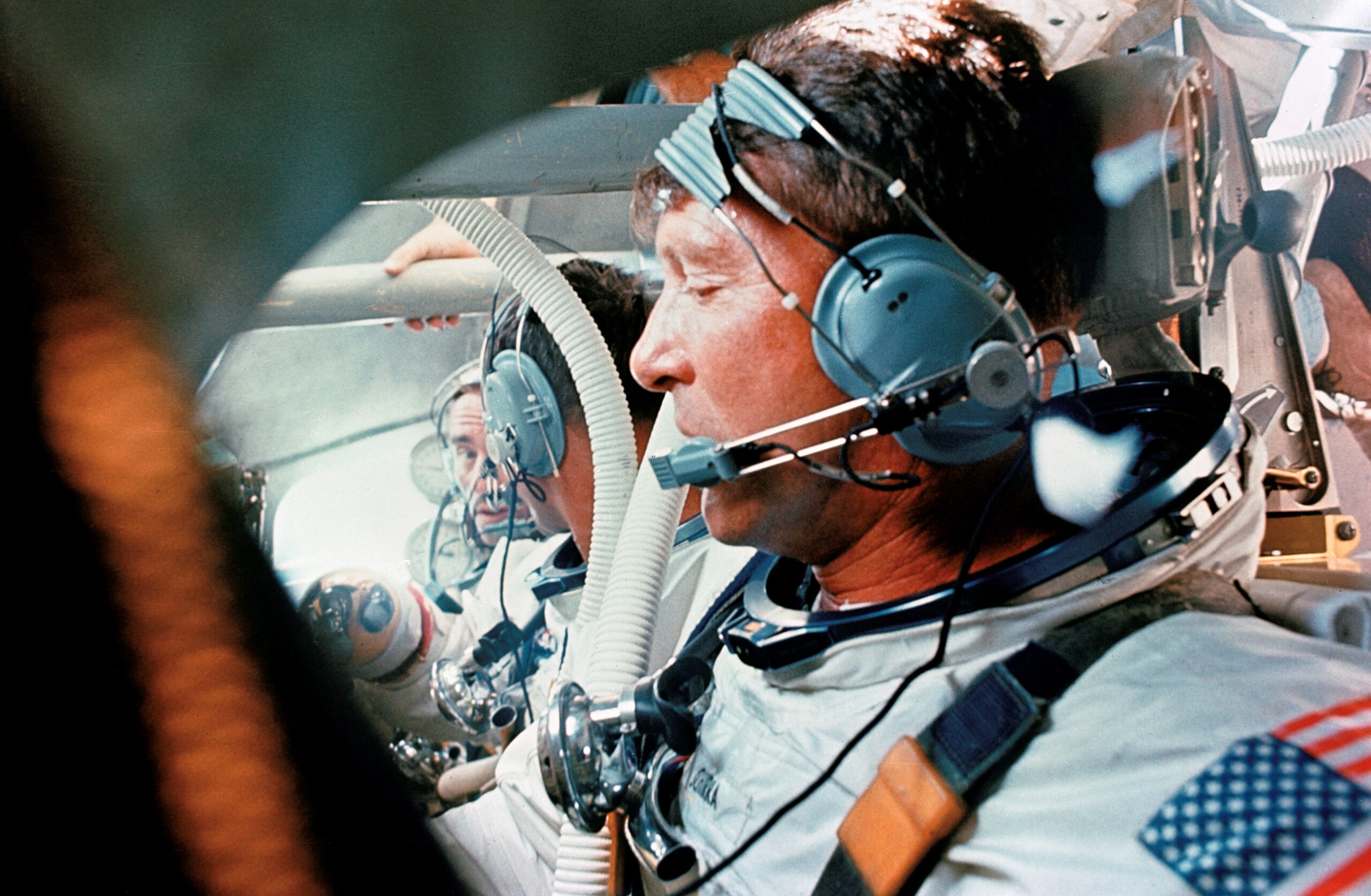
Shea weighed up the pros and cons of rigging up an extra headset and squeezing himself, in shirtsleeves, into Apollo’s lower equipment bay, but decided against it. Even Deke Slayton considered sitting in the cabin but elected to remain in the blockhouse to monitor the progress of the test.
Grissom took the command pilot’s seat on the left side of the cabin and quickly became aware of a foul odor—like soured buttermilk—and technicians scrambled to the spacecraft to take air samples. Nothing was found to be amiss. Chaffee climbed aboard, taking the right-side pilot’s seat, and White entered last, plopping into the center seat in his role as senior pilot. The CM’s hatch was closed, the “boost cover” of the Saturn IB rocket was sealed and pure oxygen was steadily pumped into the cabin.
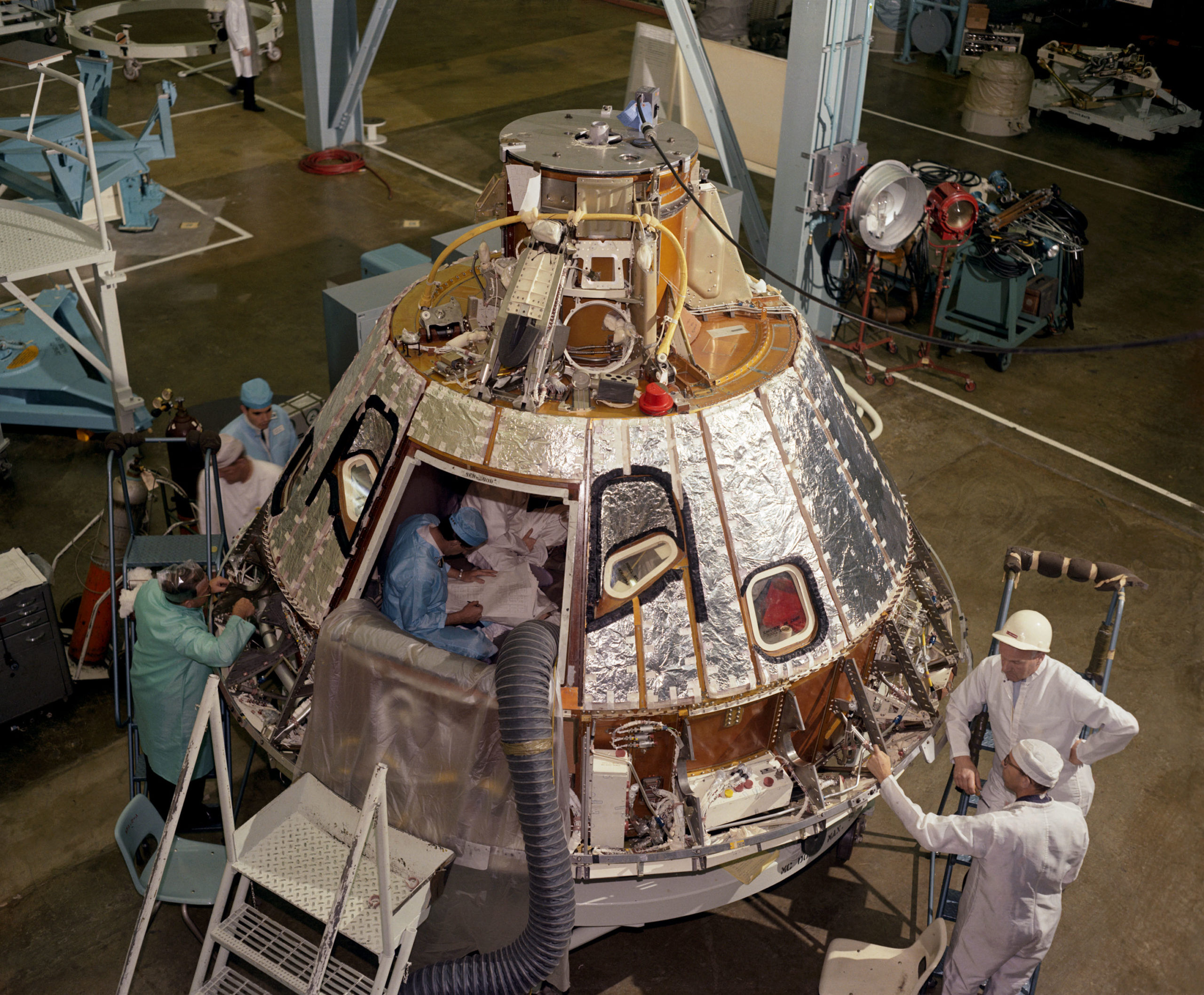
As the afternoon wore on, niggling problems hindered the test. A high oxygen flow indicator triggered the master alarm, time and time again, and communications with Roosa were so bad that at one point Grissom exploded: “How are we going to get to the Moon if we can’t talk between two or three buildings?” At 4:25 p.m. EST, a problem arose with a live microphone, which could not be switched off.
NASA Test Conductor Clarence “Skip” Chauvin later recalled that communications deteriorated so badly that he could hardly hear the astronauts’ voices. Eventually, the test was put on hold at 5:40 p.m.
Forty minutes later, after more communications headaches, controllers prepared to transfer Apollo 1 to its internal fuel cells. Then the countdown was halted, yet again.
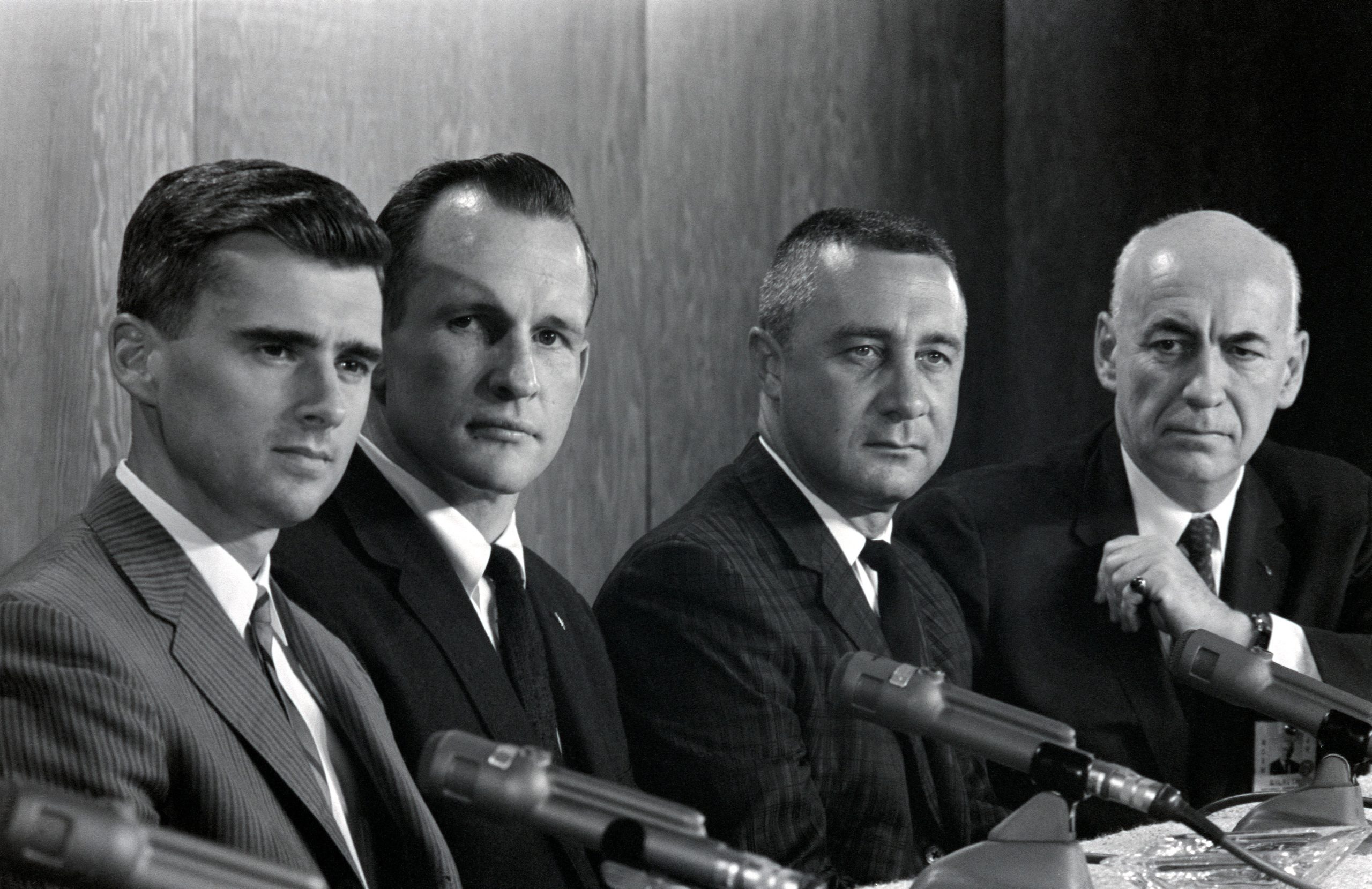
Suddenly, and without warning, controllers noticed the crew’s biomedical readings jump. This was a tell-tale indicator of increased oxygen flow in their space suits.
At the same time, around 6:30:54 p.m., other sensors registered a brief power surge aboard Apollo 1. Ten seconds later came the first cry from the spacecraft.
It was Roger Chaffee’s voice. And it was just one word. “Fire!”
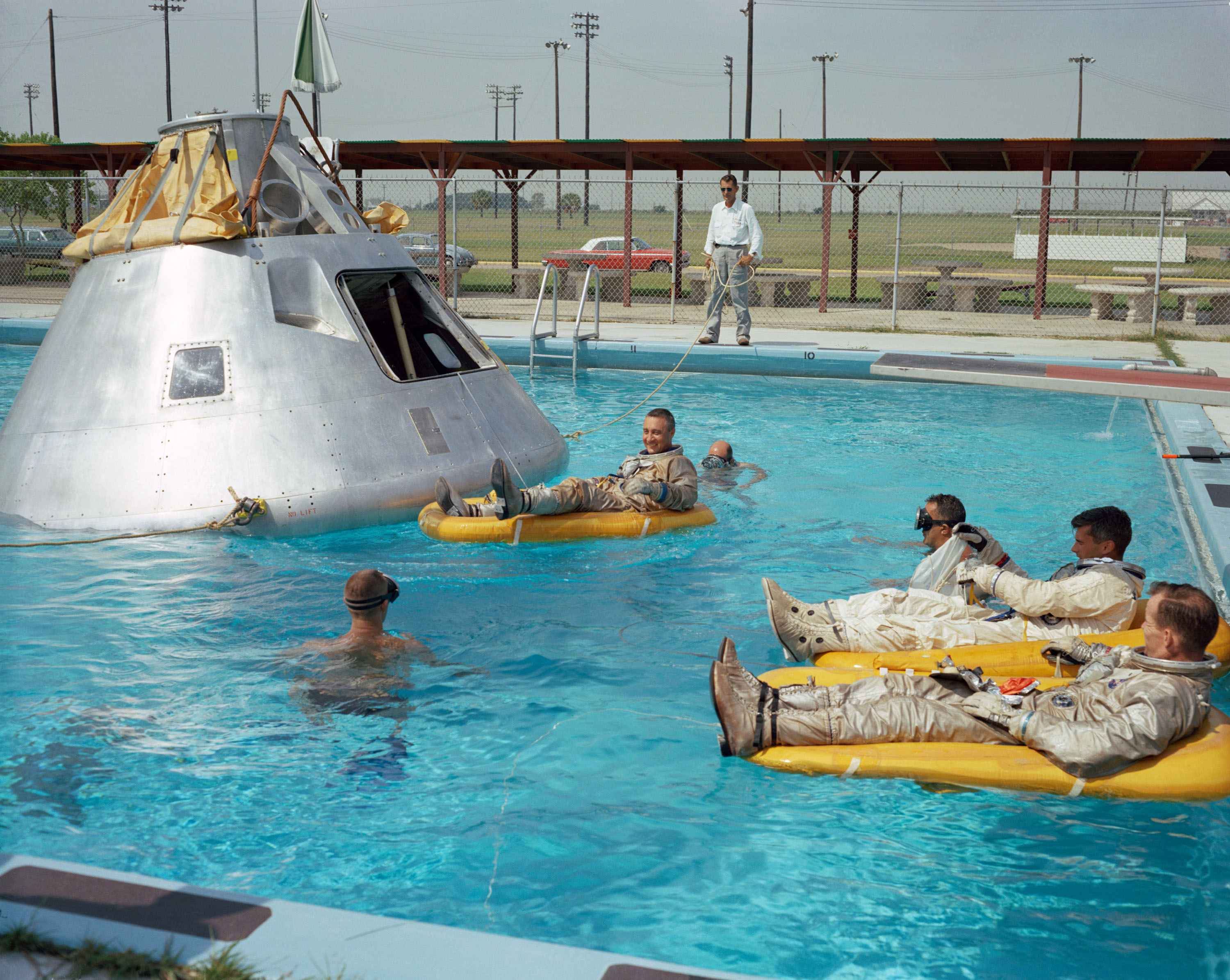
In the windowless blockhouse at Pad 34 at Cape Kennedy, Deke Slayton heard Chaffee’s cry and glanced over to a monitor which showed the hatch window of the CM. Now, as the normally dark hatch window turned white, Slayton realized that something drastically abnormal was occurring.
At 6:31 p.m., Chaffee called “Fire” and, within seconds, further frantic calls emanated from Apollo 1. “We’ve got a fire in the cockpit,” Chaffee yelled. “Let’s get out. We’re burning up!” Finally, there was a blood-curdling shriek.
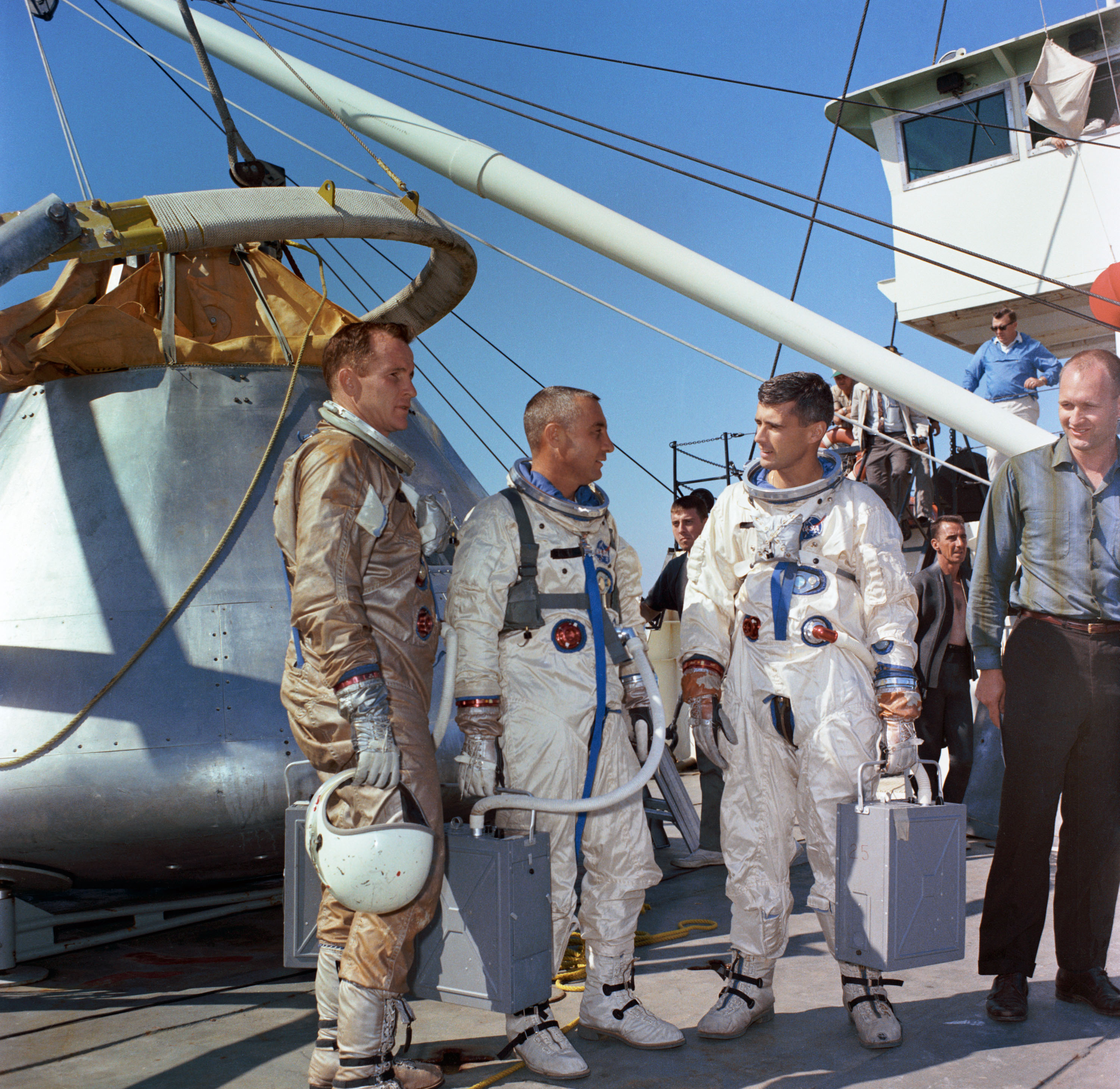
On the first floor of Pad 34, technician Gary Propst could see White on his monitor. The astronaut’s arms flailed over his head, fiddling to open the CM’s heavy, two-piece hatch. Propst could not understand why the men did not simply blow the hatch, little realizing that its design made this impossible. White had to use a ratchet to laboriously release six bolts spanning the circumference of the inner section of the hatch.
Years later, astronaut Dave Scott—who had trained as White’s backup between March and December 1966—wrote in his autobiography, Two Sides of the Moon, that during training, he and White weightlifted the hatch over their heads whilst lying supine in their Apollo couches. Now, in the few seconds he had available before being overcome by smoke, White barely had chance to begin loosening the first bolt.
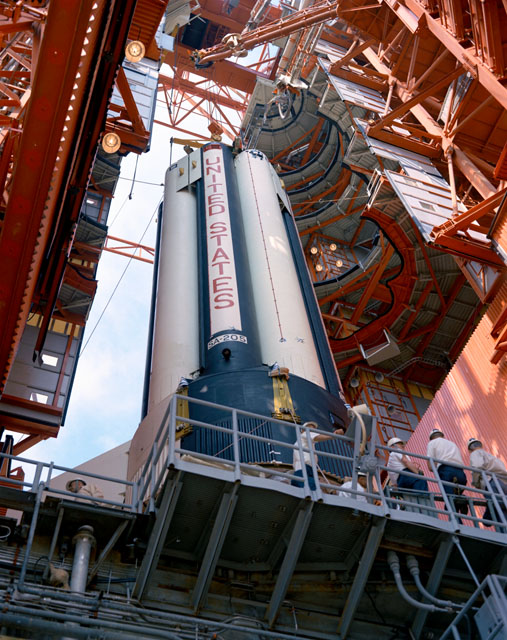
Tragically, it made little difference. In normal conditions, it required 90 seconds at best, and even the super-fit White was unable to do it inside two minutes during training. By now, fire was gorging Apollo 1 and hot gases sealed the hatch shut with tremendous force. No man on Earth could have opened the hatch under such circumstances.
Investigators would later discover that the fire began somewhere under Grissom’s seat, on the left side of the cabin, perhaps in the vicinity of some chafed and unprotected wiring. Once sparked in Apollo 1’s pure oxygen atmosphere, it fed hungrily and quickly exploded into an inferno. Other combustibles—including Velcro pads, nylon nets, polyurethane pads and paperwork—fanned the flames.
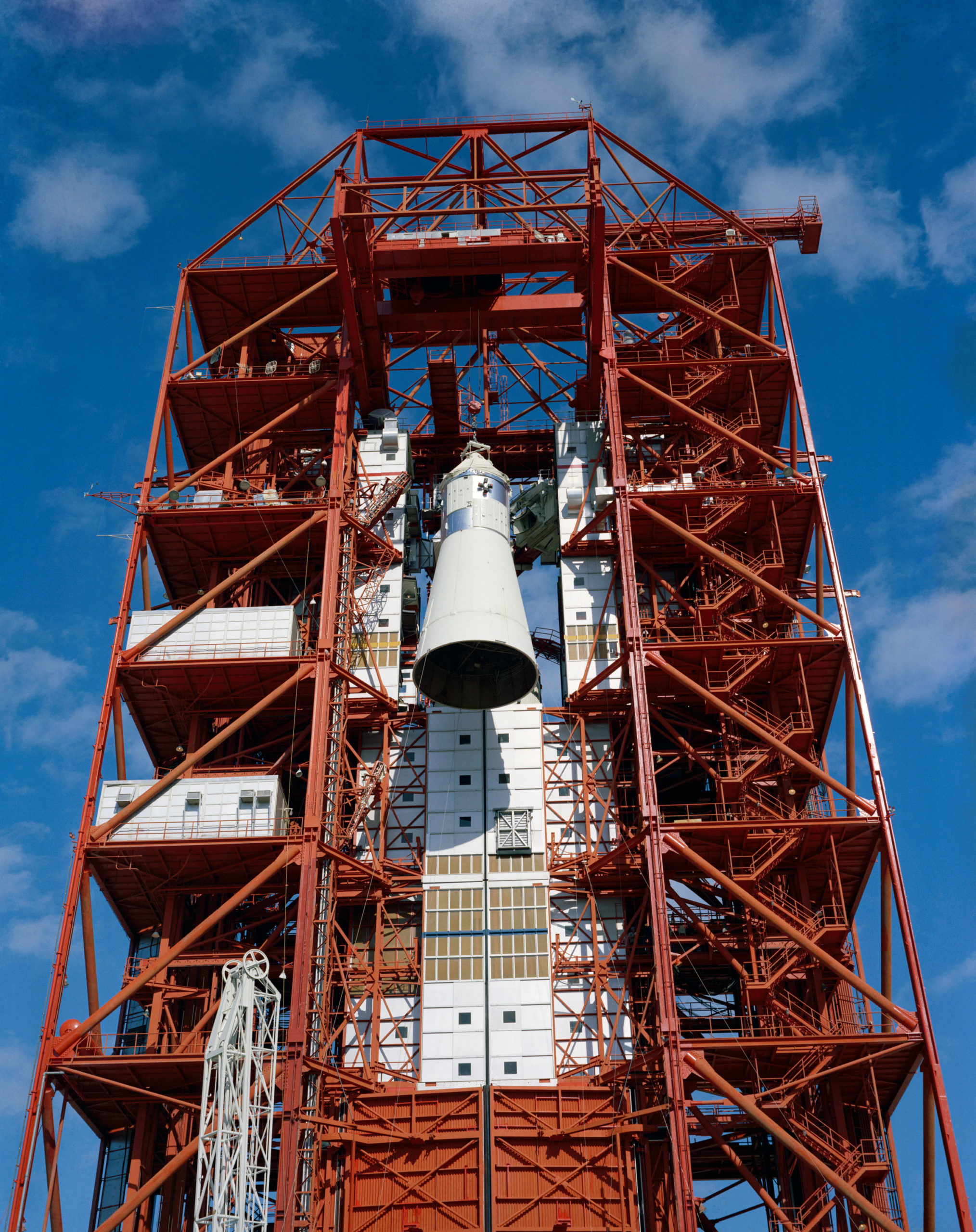
The astronauts themselves had taken a Styrofoam block into the cabin to relieve the pressure against their backs, but this exploded like a bomb in the pure oxygen. “At such pressure, and bathed by pure oxygen,” wrote Grissom’s biographer, Ray Boomhower, in Gus Grissom: The Lost Astronaut, “a cigarette could be reduced to ashes in seconds and even metal could burn.”
At length, pressures exceeded Apollo 1’s design limits and the conical capsule ruptured at 6:31:19 p.m., filling the Pad 34 white room with thick smoke. By now, the poisonous fumes had asphyxiated the three astronauts to death. Not far away, pad leader Don Babbitt sprang from his desk and barked at lead technician Jim Greaves to get the three men out of the spacecraft. But it was hopeless.
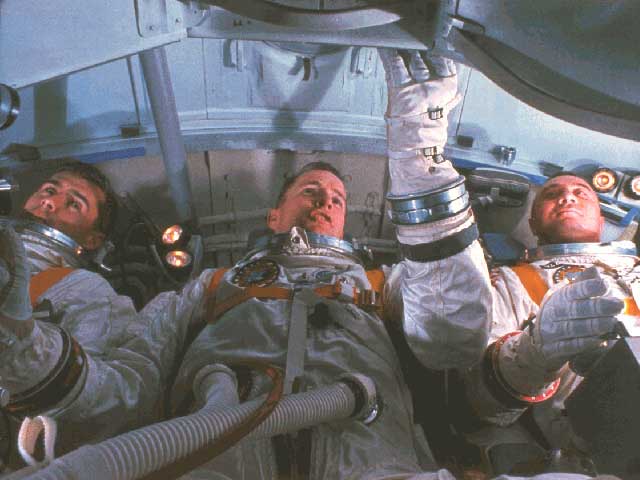
The waves of heat and pressure were so intense that the rescuers were repeatedly driven back. “The smoke was extremely heavy,” Babbitt later recalled. “It appeared to me to be a heavy thick grey smoke, very billowing, but very thick.” None of the pad crew could see far beyond the end of their noses and they had to run their hands over the outside of the Saturn IB boost cover to find holes into which they could insert tools to open the hatch.
Twenty-seven technicians were treated that evening by Cape Kennedy’s dispensary for the effects of inhalation. Babbitt had to order Greaves outside at one point, lest he pass out.
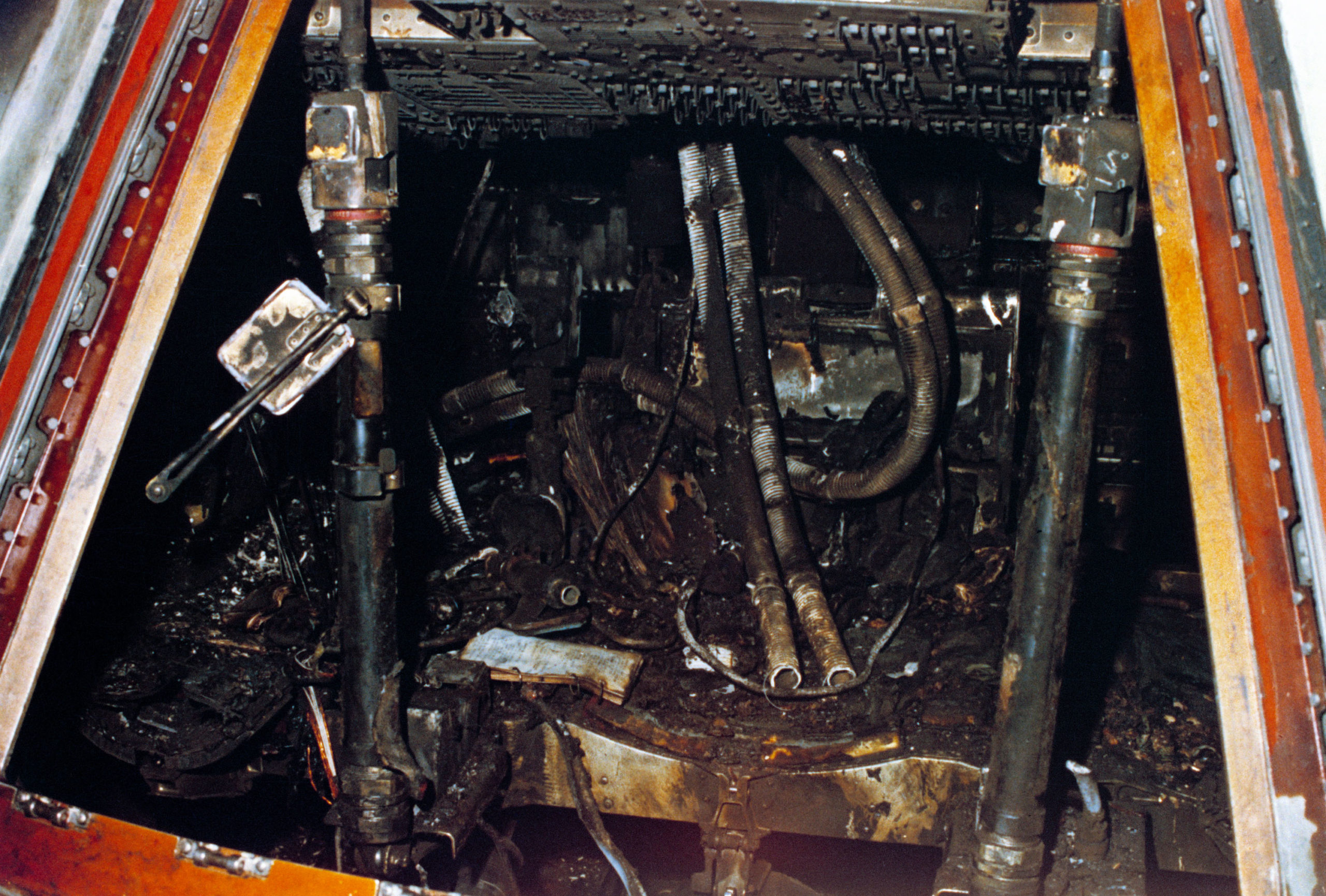
Firefighters eventually opened the hatch and those would-be saviors beheld a hellish scene. By the flicker of a flashlight, they could see little but burnt wiring and an incinerated interior. According to firefighter Jim Burch, it took a few seconds before the ethereal calmness convinced them that Grissom, White and Chaffee were gone.
It was 6:37 p.m., five-and-a-half minutes since Chaffee’s initial cry. America’s dream of landing on the Moon before the decade’s end was in tatters. Choking over the phone to Deke Slayton, Babbitt could not find the words to describe what he saw.
Slayton and flight surgeon Fred Kelly arrived at the base of Pad 34 a few minutes later. They realized that it would take hours to remove the dead men from Apollo 1, because the heat had caused everything to melt and fuse together.
Moreover, there remained a very real risk that the heat could accidentally trigger the Saturn IB’s escape tower and the pad was cleared of all personnel. Not until the early hours of 28 January were the bodies removed. None of them had suffered life-threatening burns and all had died from asphyxia when their oxygen hoses burned and their suits rapidly filled with poisonous smoke.
Slayton described it the “worst day” of his career, and even the normally teetotal astronaut Frank Borman admitted that he went out and got drunk after the accident. “I’m not proud to admit it,” Borman said later, “but…we ended up throwing glasses, like a scene out of an old World War One movie.” The wives of the three dead men—Betty Grissom, Pat White and Martha Chaffee—later successfully sued North American for its shoddy spacecraft.
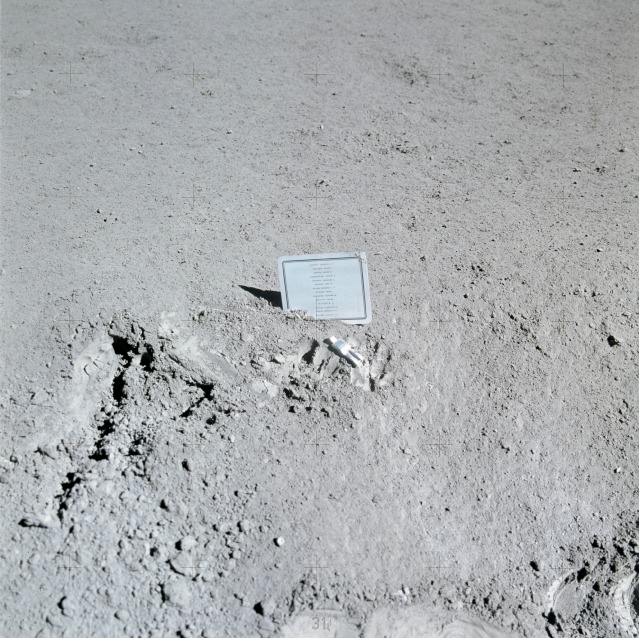
More than four years after the tragedy of Apollo 1, Dave Scott paid one last respectful act of remembrance. On the surface of the Moon, early in August 1971, he laid a small aluminum figurine and a plaque into the lunar dust. It bore the names of all the known U.S. astronauts and Soviet cosmonauts who died in the pursuit of space exploration.
And three of those names, now forever immortalized in the picturesque mountains of the Moon’s Hadley-Apennine region, were Grissom, White and Chaffee: the men of Apollo 1, who might—had the hands of fate turned a little more kindly—have left their own footprints in alien soil.
FOLLOW AmericaSpace on Facebook and X!
Missions » Apollo » Apollo 1 »



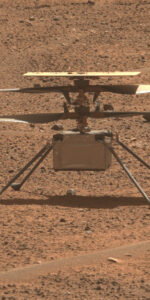
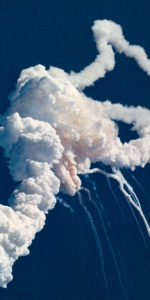
2 Comments
Leave a Reply2 Pings & Trackbacks
Pingback:Remembering Tom Stafford, the Space Race’s Peacemaker (1930-2024) - AmericaSpace
Pingback:Orion Spacecraft Enters Rarefied Air with Vacuum Test - SPACERFIT